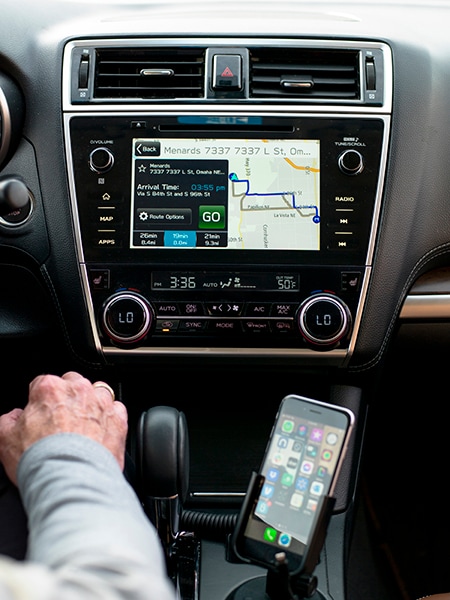
As automakers add technology to cars, software bugs follow
Often the problems involve the way in which the hardware interacts with Apple's CarPlay or Google's Android Auto software, which allow drivers to use their phones to navigate, communicate or listen to music and podcasts
 The dashboard of Gary Gilpin’s Subaru Outback in Papillion, Neb., on Jan. 11, 2022. Gilpin sued Suburu after his car’s entertainment system failed to work. (Terry Ratzlaff/The New York Times)
The dashboard of Gary Gilpin’s Subaru Outback in Papillion, Neb., on Jan. 11, 2022. Gilpin sued Suburu after his car’s entertainment system failed to work. (Terry Ratzlaff/The New York Times)
About six months after Gary Gilpin leased a Subaru Outback from a California dealer, the screen went blank and wouldn’t come back on. Gilpin took the car to the dealer for what he figured would be a quick reset.
“It was a whole month before I got my car back,” said Gilpin, who runs a sailboat chartering and brokerage business.
Some people would have just fumed. Gilpin sued.
He is among thousands of car owners, encouraged by plaintiffs’ lawyers, who have joined class-action lawsuits that accuse carmakers of selling vehicles with faulty entertainment and related systems. Their complaints are as numerous as they are varied: screens that freeze, flicker or go dark; sound that cuts out or unexpectedly blasts at high volume; backup cameras that fail. Often the problems involve the way in which the hardware interacts with Apple’s CarPlay or Google’s Android Auto software, which allow drivers to use their phones to navigate, communicate or listen to music and podcasts.
Buggy car software may seem like a mere inconvenience. But plaintiffs have successfully argued that a malfunctioning dashboard display is a serious distraction and potential safety hazard.
©2019 New York Times News Service







